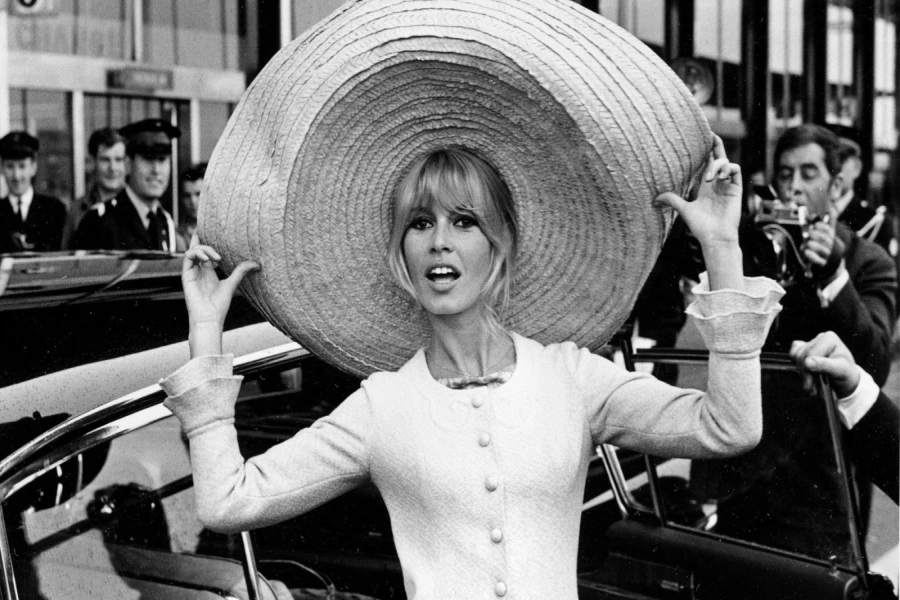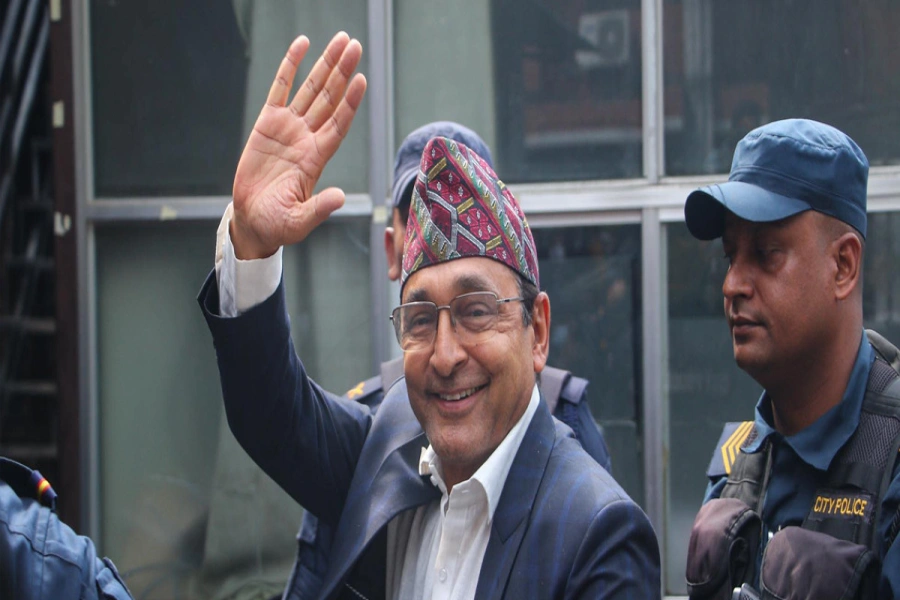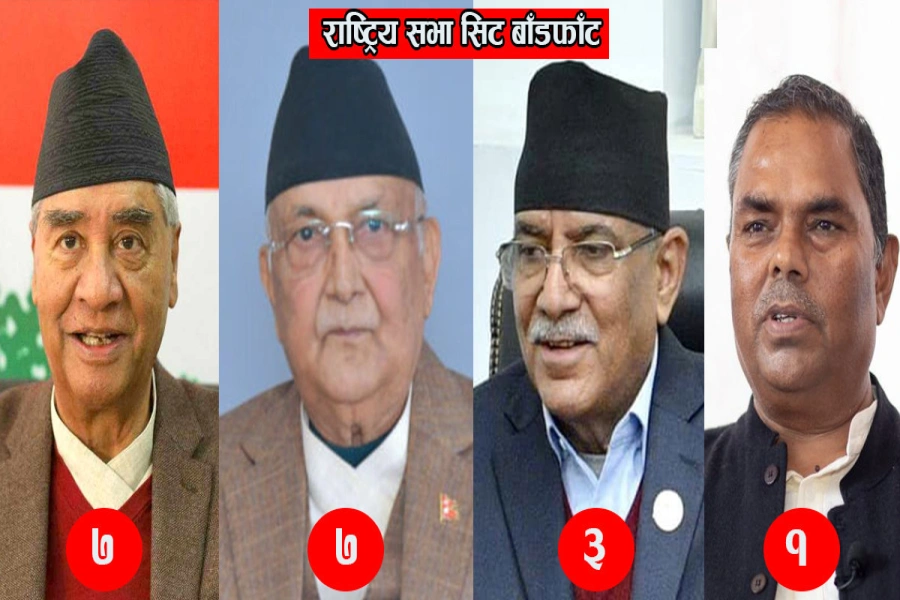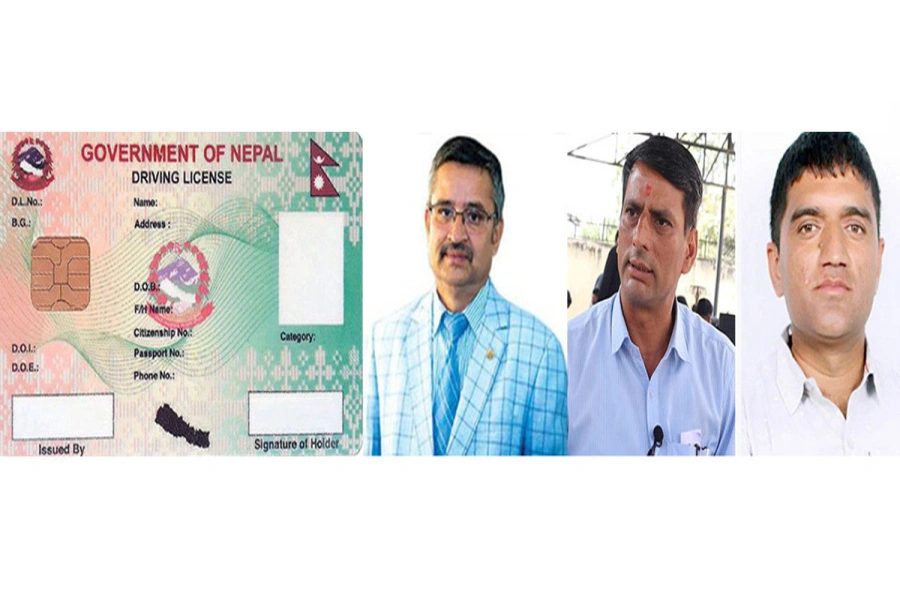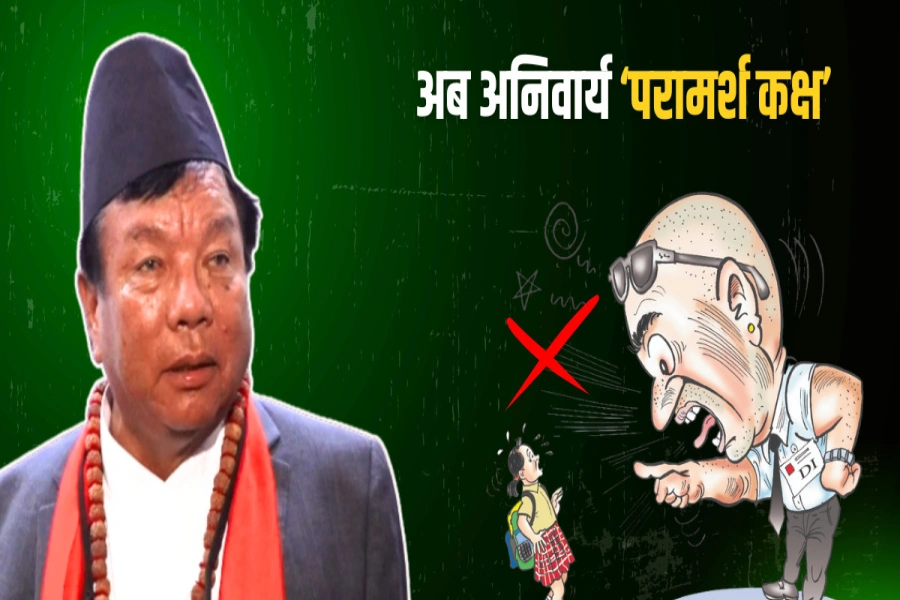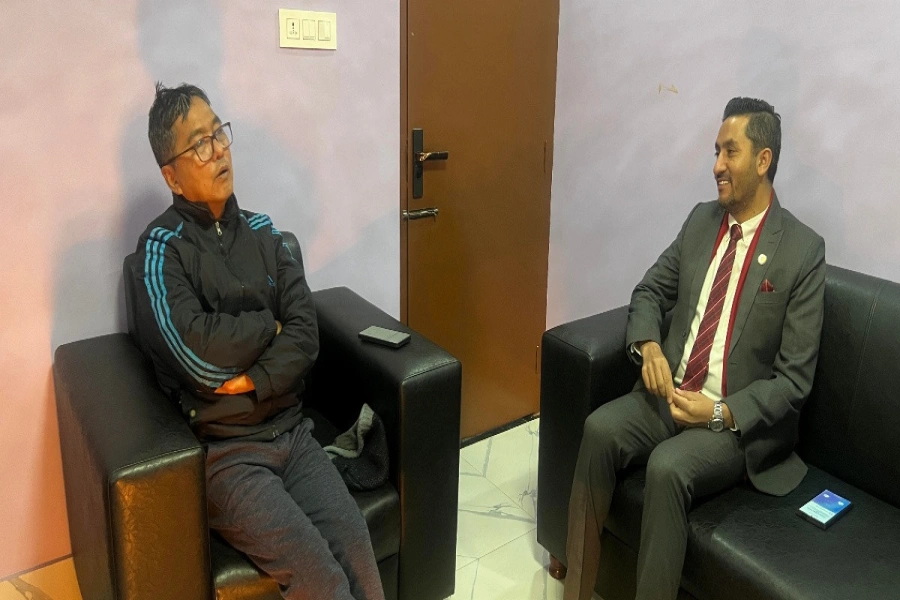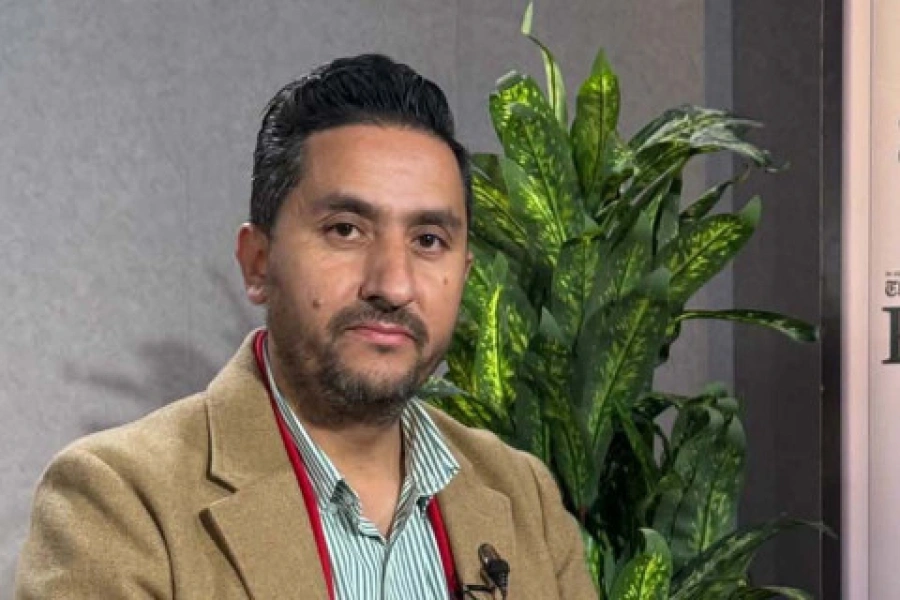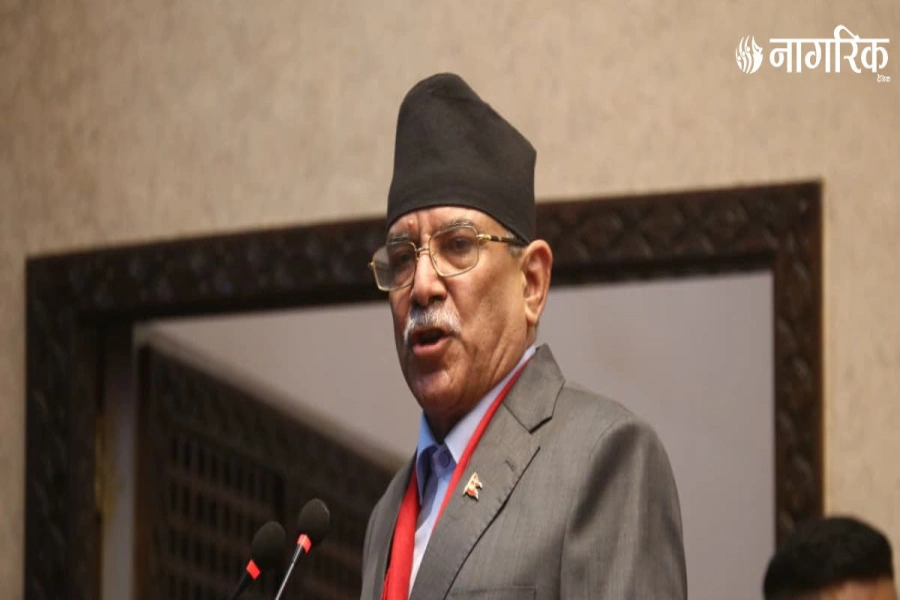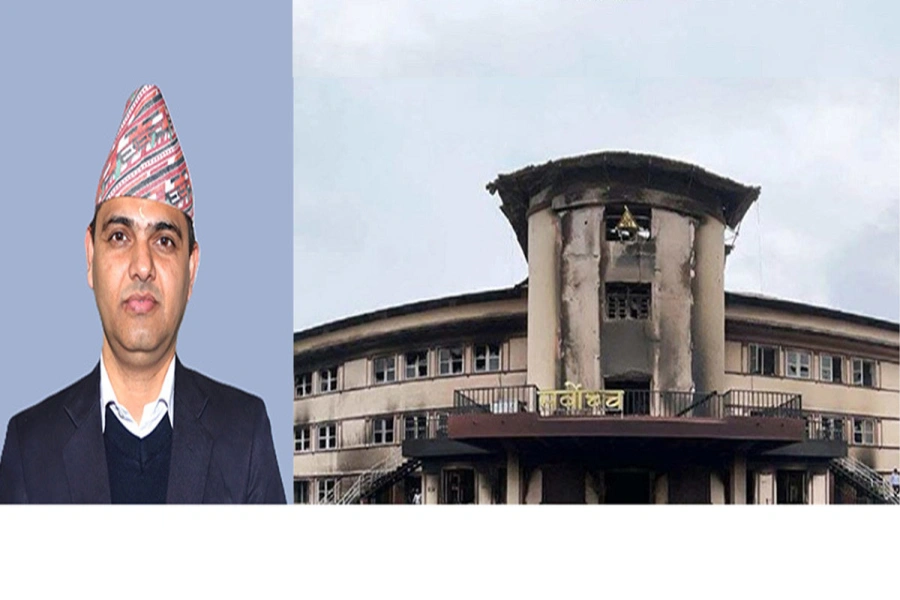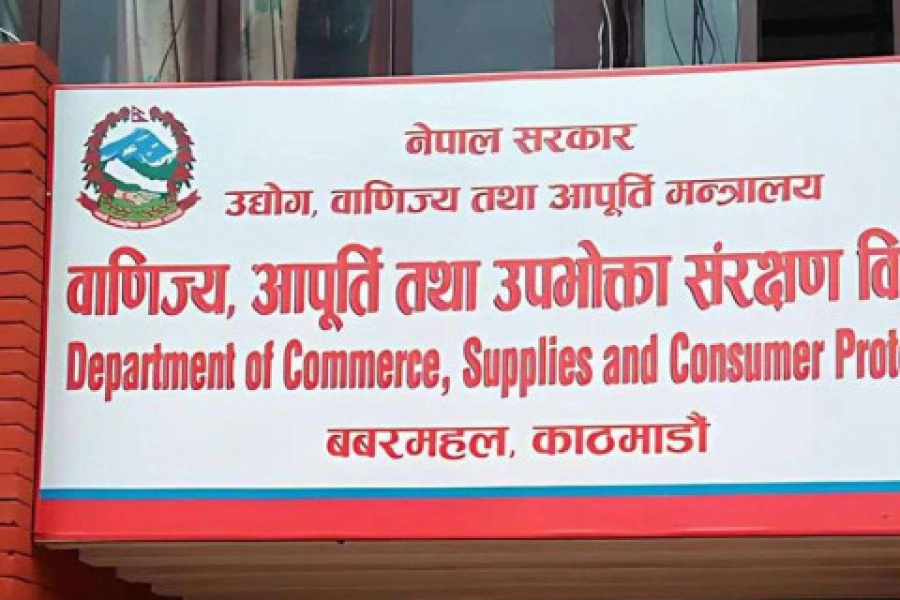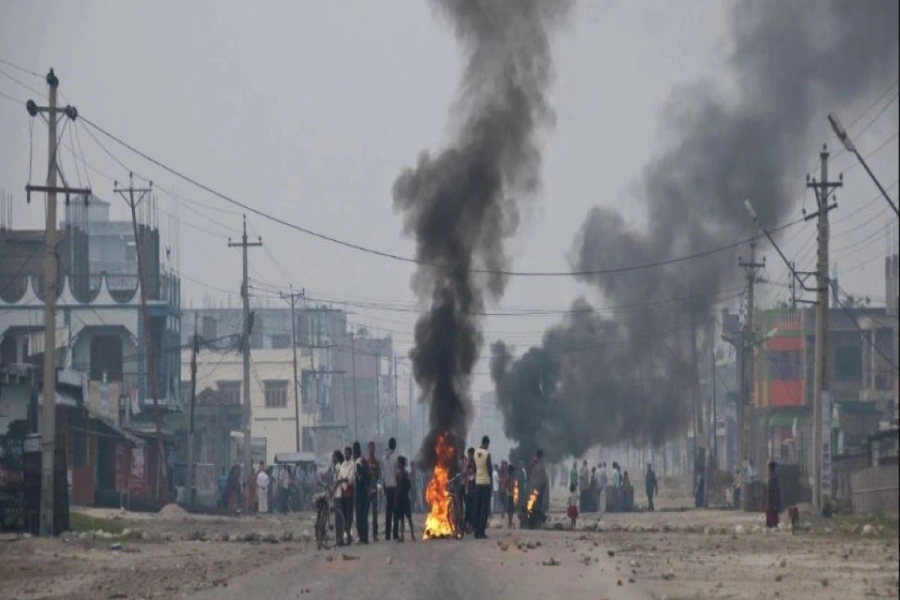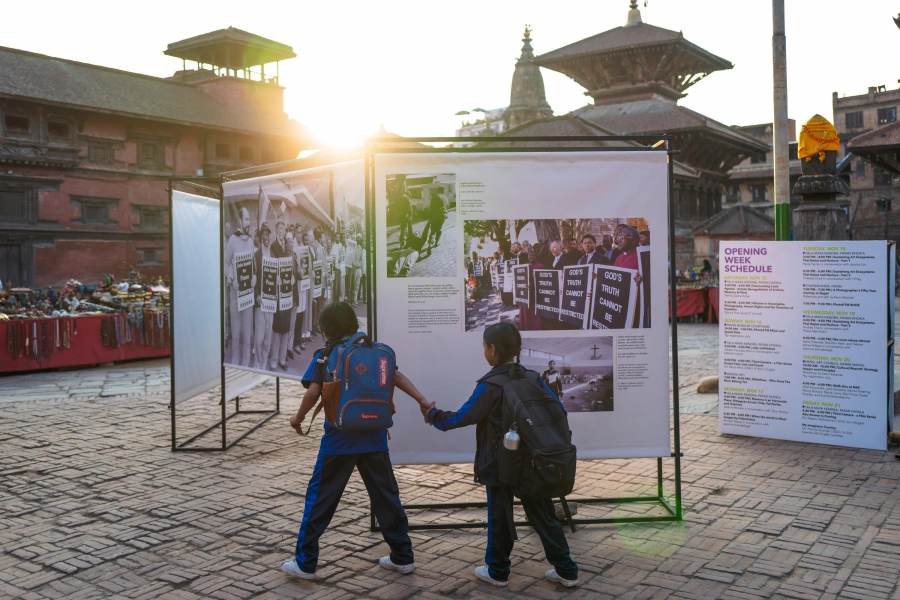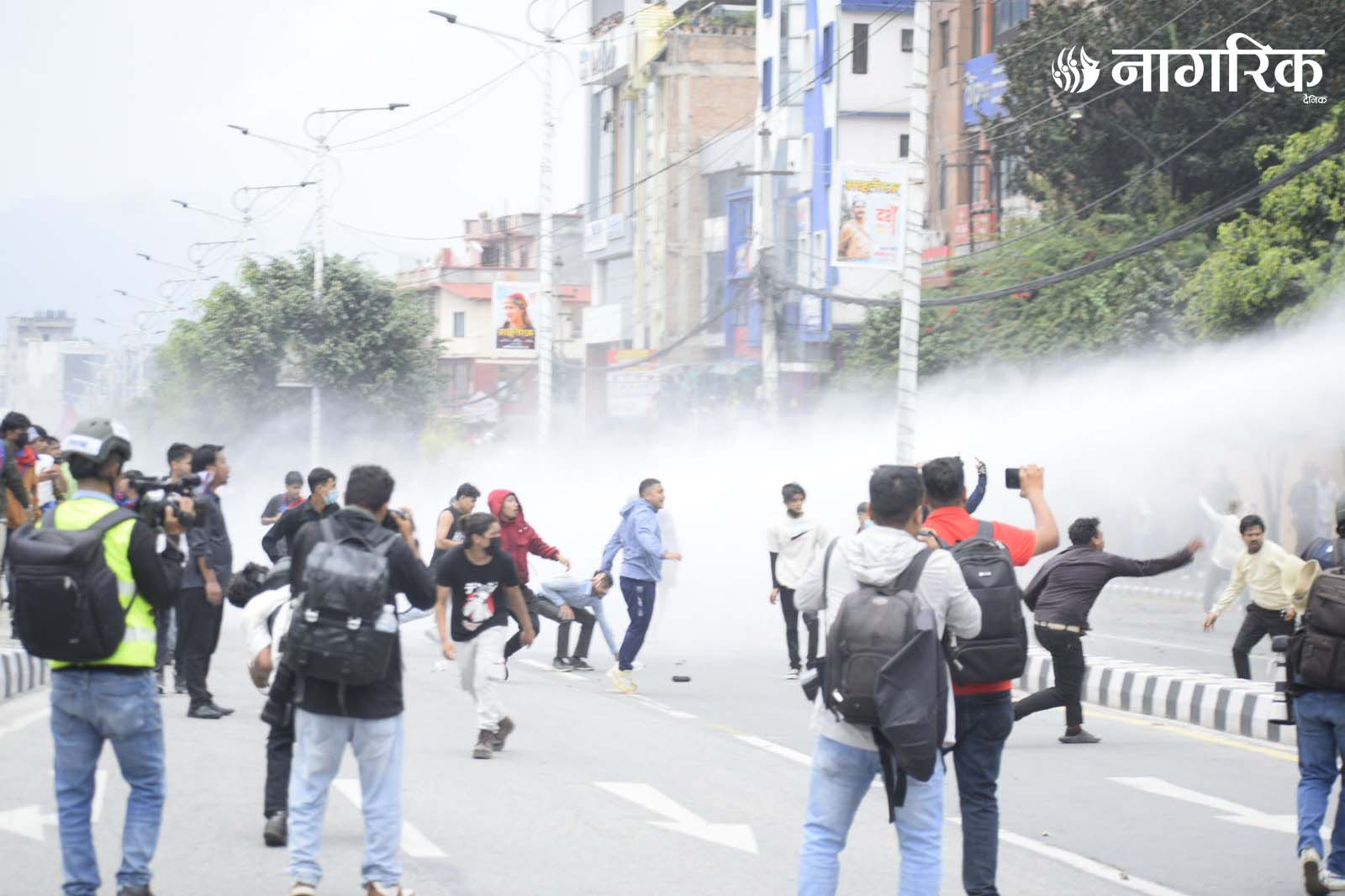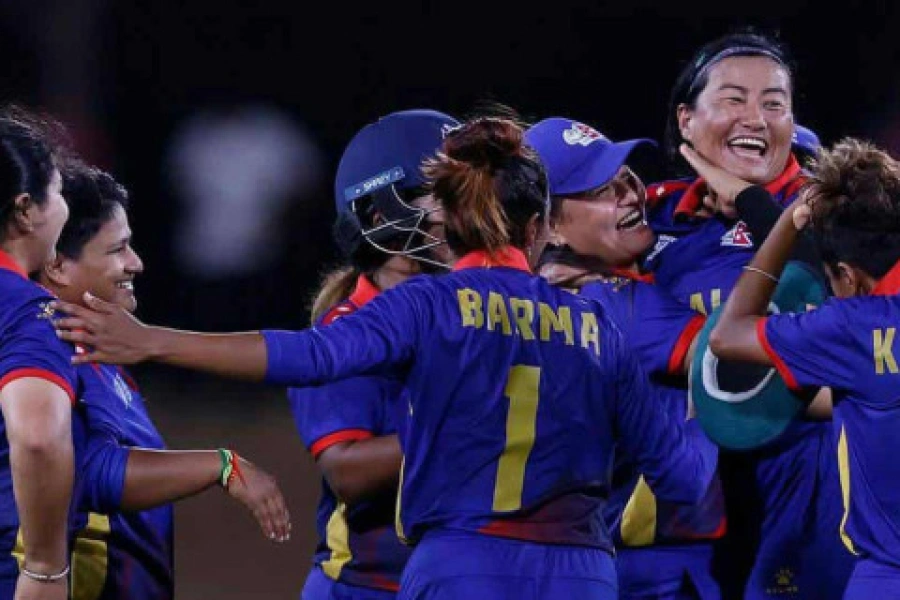Persistent structural inequality has affected Nepal's marginalized communities, especially the Dalit community, which resides throughout the country's rural hinterlands. Dalits, who comprise more than 13 percent of the population, are disproportionately impacted by poverty, illiteracy, child marriage, and social exclusion despite constitutional guarantees of equality and inclusion. According to the latest data released by the National Statistics Office, which this daily's headline summed up, Nepal's Dalits are poor, illiterate, and married too young. A whole bunch of complex factors are at play, making the lives of Dalits hellish ones.
The economic marginalization of Dalits is perhaps the most serious issue that needs to be tackled since 36% of Dalits live in extreme poverty. The situation of Terai Dalits is even worse, with 44% classified as extremely poor. Just 6.2% of Dalits are in the highest wealth category, demonstrating the depressingly large wealth distribution gap. Terai Dalits make up a mere 1.9% of that. These figures indicate serious economic exclusion of the Dalit communities. Educational inequality further worsens this socioeconomic divide. The literacy rate among Dalits stands at 67.4%, which is lower than the 77.6% recorded among non-Dalits. Terai Dalits stand at around 51.9%. Worse still, nearly a third of Dalit girls between the ages of 5 and 25 never get to attend school. This lack of access to education has snowballing effects: low skill levels mean menial, low-paying jobs, which in turn limit their chances of coming out of poverty. Child marriage is another disturbing trend. According to the data, 23% of Dalits marry before reaching adulthood. The practice is more prevalent among girls, especially among Terai Dalits. Early marriage frequently leads to reduced educational opportunities, increased maternal and infant mortality, and early pregnancies. Laws against child marriage are obviously in place, but they are ineffective due to a lack of enforcement and deeply ingrained, widely accepted cultural customs.
Plight of many quake victims still unchanged

A comprehensive and long-term strategy is required to address these complex issues. The underlying causes must be addressed in addition to the symptoms. For instance, a ten-year plan might start with economic empowerment via focused vocational training and job programs that are adapted to the demands of the market. Together with community-based organizations and groups, government and non-governmental organizations should collaborate to offer skills development in small-scale manufacturing, services, and agriculture. Dalits' access to microfinance and entrepreneurship would undoubtedly encourage economic independence within Dalit communities if all three levels of government cooperated.
Education must be at the core of this transformation. Adult literacy programs can come in handy to equip the older generations with the skills needed for economic participation. To address child marriage, step up community-level awareness campaigns and enforce the laws. Local governments should take the lead role. But these initiatives must come together with improved access to healthcare, especially reproductive and maternal health services. The issues made public by the National Statistics Office are part of a complex web of socioeconomic barriers that the Dalits have faced for centuries. These challenges are not insurmountable and can be solved if we have the required political will. With a coordinated, long-term plan grounded in inclusion, equity, and empowerment, Nepal can make meaningful progress toward lifting Dalit communities out of rampant poverty and discrimination. Nepal's democracy and progress hinge on how well it integrates and empowers its most disadvantaged citizens because the nation cannot truly grow if millions of its people are left behind.




